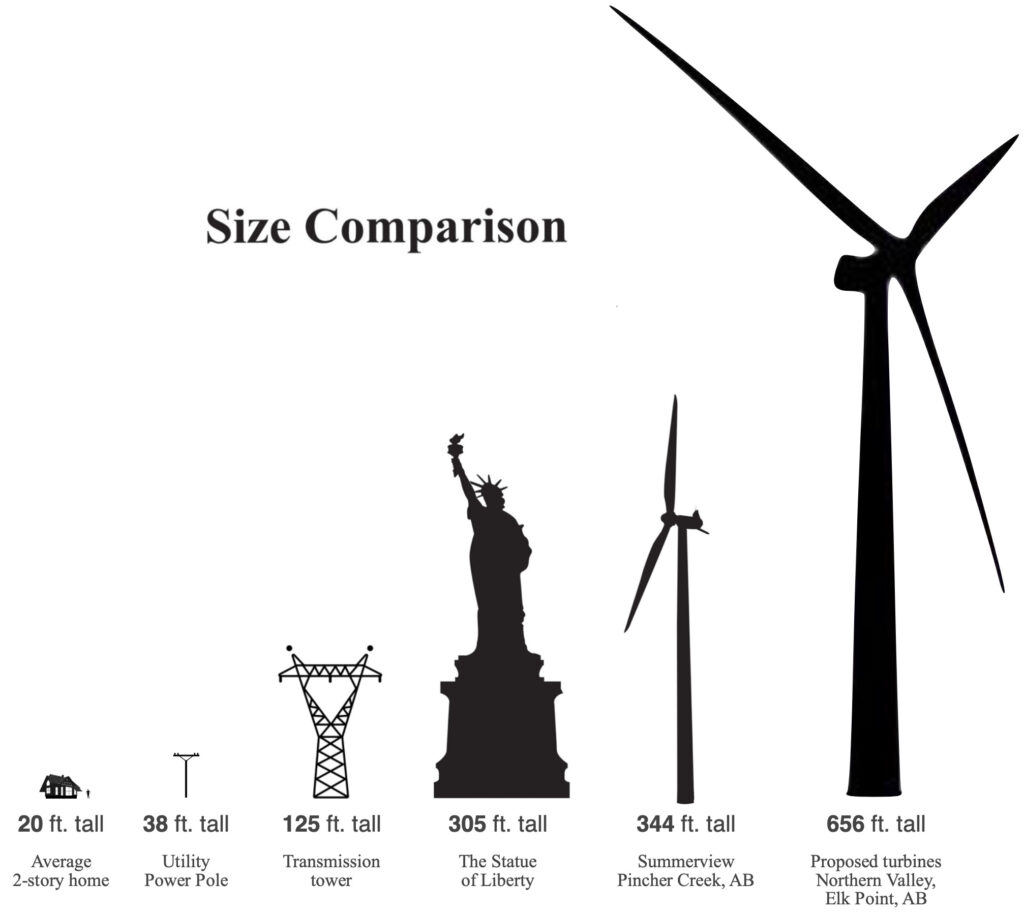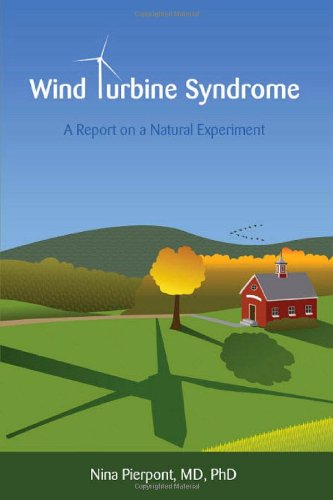Residents of the proposed industrial wind factory near Elk Point, Alberta received a letter recently from the legal counsel of Elemental Energy. They’re the company behind a project to erect wind turbines a fifth of a kilometre high within hundreds of meters of people’s homes. The letter claimed that ‘wind turbines do not pose a risk to human health.’ Honestly, we had to laugh. That’s like Marlboro stating in 2023 that cigarettes pose no risk to your lungs.

Did they miss the World Health Organization memo in 2018 when they updated their noise guidelines identifying “stronger evidence of the cardiovascular and metabolic effects of environmental noise; inclusion of new noise sources, namely wind turbine noise…” that it included as “one of the top environmental hazards to both physical and mental health and well-being”?1
Or what about that Ontario Tribunal that, after studying the widespread evidence of sick people and animals, concluded:
…the debate should not be simplified to one about whether wind turbines can cause harm to humans. The evidence presented to the Tribunal demonstrates that they can, if facilities are placed too close to residents. The debate has now evolved to one of degree. The question that should be asked is: What protections, such as permissible noise levels or setback distances, are appropriate to protect human health?
Environmental Review Tribunal, Case Nos.: 10-121/10-122 Erickson v. Director, Ministry of the Environment, July 18, 2011, p. 207
You can read just how far is recommended in Turbine Sickness: How Far Away is Safe? and what numerous experts have to say — that is, experts who have no skin in the game, such as Prof. Mariana Alves-Pereira, Ph.D:
What we have observed is that people who live near the bigger wind turbines develop more quickly and more intense health problems than people who live near smaller wind turbines… there’s no option for this person but to run… people are put into impossible situations — impossible situations.
Professor Mariana Alves-Pereira, “Infrasound and Low Frequency Noise (ILFN)”, YouTube.com
She concluded, “I personally would not live 20km away from them… We have identified the wind turbine acoustic signature in a home 12km away from the closest wind turbine.”2
Then there’s acoustician expert, Steven Cooper:
…my work has shown that inaudible pulsating noise can create [health] impacts. As such it would appear that I have provided some validation of a hypothesis provided by Dr. Nina Pierpont in 2009.
“Sensing but Not Hearing: The Problem of Wind Turbine Noise (Interview with acoustician Steven Cooper, AU“, February 2, 2018

Wind proponents have tried to discredit Dr. Nina Pierpont, M.D., Ph.D. She’s the one who coined the phrase “wind turbine syndrome” for those experiencing the symptoms of headache, painful pressure on the ears, dizziness, weakness, tachycardia, tinnitus, nausea, nosebleeds, insomnia, visual blurring, panic attacks with sensations of internal quivering to more general irritability, etc. when living in proximity to these behemoths. Just tinfoil hat stuff, says the wind industry — except the courts are now using that terminology as they award the victims of industrial wind factories.3
And hasn’t the wind industry heard of the government pilot study in Finland? It concluded:
…harmful or severe symptoms were clearly more common less than or about 15 kilometers from wind turbines than further away.
suomenymparistoterveys.files.wordpress.com
You read that right — fifteen kilometres away — and people were still feeling the impacts of these increasingly taller towers.
And is the wind industry oblivious to the continuing cries of thousands of complainants in Ontario where residents and animals are still living a nightmare in the flickering shadows of their turbines?4
Do they even care?5
The wind industry is either lying — or invincibly ignorant.
- “New WHO noise guidelines for Europe released”, October 10, 2018; www.who.int; WHO cited in “Adverse Health Effects of Wind Turbines”, Keith Stelling, MA, MNIMH, Dip Phyt, MCPP (England), with additional files from Carmen Krogh, BScPharm; October 20, 2009; pp. 18-19[↩]
- windsofjustice.org[↩]
- see here[↩]
- see Ontarians Wind Turbine Nightmare Continues[↩]
- see Does Elemental Energy Even Care?[↩]
Mark Mallett is a former award-winning reporter with CTV Edmonton and an independent researcher and author. His family homesteaded between Vermilion and Cold Lake, Alberta, and now resides in the Lakeland region. Mark is Editor in Chief of Wind Concerns.


